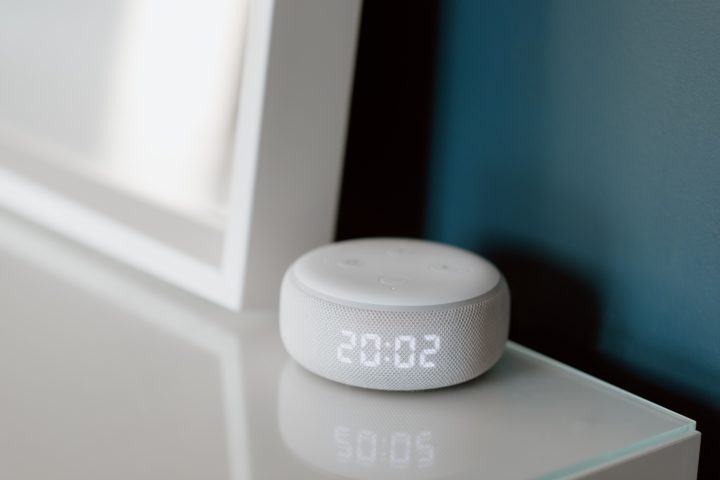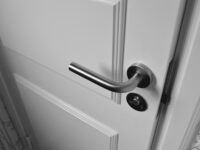The following contribution is from another author.
If you’ve always dreamed of controlling your home with a few simple clicks and swipes like Tony Stark, the technological development trends are on your side. From smart doorbells and smart lights to baby monitors and thermostats, our homes are getting savvier in making our lives more comfortable and relaxed.
However, according to researchers, there is a risk associated with smart devices and the potential threat of hackers. Some reports found that smart homes have at least one device that hasn’t been adequately secured and can pose a severe threat to the overall security. Thus, we’re bringing you some of the most common threats to home security and some advice on securing your devices.
SMART HOME DEVICES SECURITY RISKS
Nowadays, almost all homes have a dozen smart devices that are vulnerable to attacks. One of the biggest threats to smart device security is a lack of data encryption. Encrypting data will scramble all your valuable information and keep it indecipherable to anyone who tries to gain unauthorized access. Furthermore, outdated software is another serious threat to every device that’s most commonly overlooked. Most devices have an auto-update feature, so make sure to keep it always on since software updates can further strengthen your security by getting rid of bugs and installing new features and security hole patches.
HOW TO SECURE SMART HOME DEVICES
1. Strengthen your router security
Routers tend to be a very frequent cyberattack target since, through them, hackers can quickly gain access to all other devices in your home. Along with regularly updating your firmware, you can protect your router by turning off the remote access option and ensuring that you’re using the latest WiFi encryption protocols. If your router supports only WPA and WEP encryption, replace it with the one using WPA2.
2. Isolate smart devices from your other networks
Considering that most valuable data tends to be stored on your laptop, you should keep it on a separate network from other smart devices in your home. If someone gains access to one of your smart devices, they can quickly get their fingers on sensitive data well. You can use a micro-segmentation feature that most routers have to create a virtual LAN or a VLAN, and even though they’re going to be connected to the same router, your VLANs will behave like separate networks.
3. Configure privacy settings
Another excellent way to increase your security is to tweak your settings a little bit and use them to your advantage. Having said that, regularly delete the data from your smart devices. For example, most voice assistant devices record your everyday conversation to follow your instructions in the future more easily. Still, if someone else gets your data, it can have disastrous consequences. Moreover, make sure to disable the camera and microphone on your devices since it can be an excellent opportunity for cybercriminals to spy on you and use the things you unintentionally said during a conversation with family and friends against you.
Even though we like to rely on our gadgets in our everyday lives, they can sometimes do us more harm than good, considering that they can become vulnerable if not well-protected. Thus, do thorough research and slowly upgrade your smart device security strategy.

















You are absolutely right, smart devices are most vulnerable to attacks. You have also shared the auto update feature of smart devices and ideas to secure smart devices. People share information about best smart devices but you have shared how to secure smart devices which is a great thought.